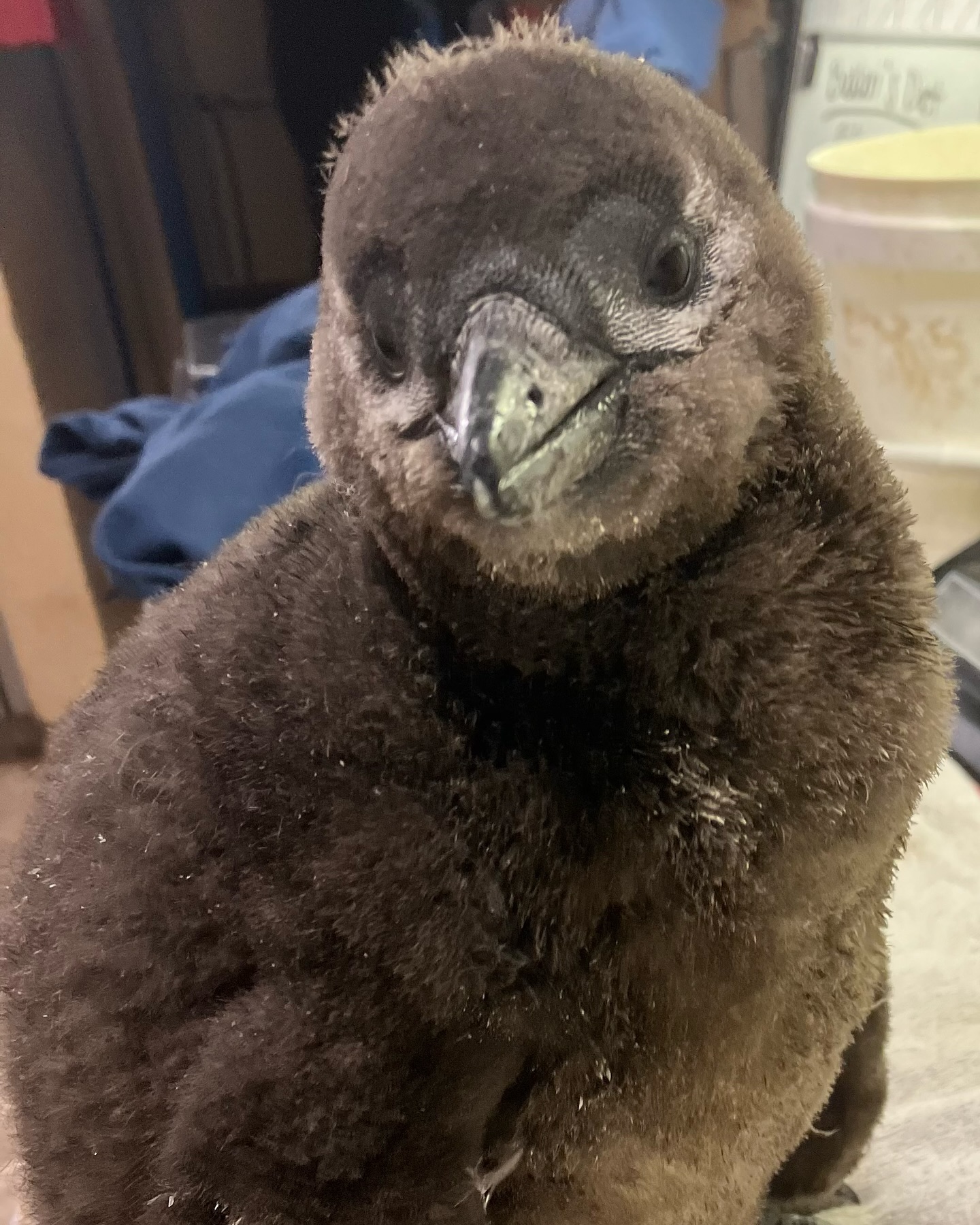- Explore the unique adaptations of penguins, focusing on their downy feathers and their significance for survival in different climates.
- Understand the habitat preferences and distribution of penguin species, highlighting the variety of climates they occupy, including warm weather environments.
- Learn about African penguins, their characteristics, and challenges, especially concerning climate adaptation and conservation status.
- Discuss the role of zoological institutions and conservation efforts in protecting penguin populations and raising awareness about their ecological importance.
- Emphasize the importance of staying informed and taking action on wildlife conservation, focusing on individual contributions toward creating a sustainable environment.
Penguins are often associated with icy landscapes and frigid temperatures, but the reality of these charismatic birds extends beyond such depictions. Among the 17 species of penguins that exist worldwide, only around one-third inhabit permanently cold regions. This underscores the remarkable adaptability of penguins to diverse climates. At the heart of their survival strategy is their feather structure, essential for thermoregulation.
The downy feathers of a chick, fondly named Chick D, play a critical role in maintaining warmth during cold snaps. Down feathers are soft and fluffy, forming a dense insulating layer that traps warmth close to the body. This feature is crucial for young chicks that cannot venture into the water until they have developed the waterproof outer layer of adult feathers. Therefore, during spells of cold weather, downy feathers serve as essential protection, allowing chicks to thrive until they mature.
These feather adaptations enable penguins to colonize a range of habitats, from the icy coasts of Antarctica to the temperate beaches of southern Africa. Contrary to popular belief, many penguins, particularly African penguins, favor warmer climates. African penguins, found along the southwestern coast of Africa, are fascinating creatures in the penguin family. They thrive in environments that are vastly different from the icy habitats of their Antarctic relatives.
African penguins possess several distinct adaptations suited to their environment. They have a reduced layer of blubber compared to their cold-dwelling counterparts, which helps increase their efficiency in warmer conditions. However, the downy feathers of African penguin chicks are similarly crucial. In the early stages of life, these chicks rely heavily on the insulating properties of their downy feathers before transitioning to the waterproof feathers necessary for swimming and hunting at sea.
Understanding penguin distribution necessitates examining their environmental preferences. Penguins are widespread across the Southern Hemisphere, with populations found in South America, Africa, Australia, and New Zealand, aside from Antarctica. These habitats range from polar to temperate to subtropical climates, demonstrating the adaptability of penguins to diverse ecological niches. This adaptability is essential for their survival but also subjects them to various environmental challenges, such as climate change and human activities, impacting their habitats.
The plight of the African penguin, often termed the "jackass penguin" due to its braying call, is particularly concerning. Over the past century, African penguin populations have dramatically declined due to habitat destruction, oil spills, and dwindling food sources. Conservationists highlight their status as an endangered species, calling for urgent efforts to safeguard their habitats and ensure their survival.
Zoos and aquariums worldwide play a crucial role in the conservation of penguins. They not only offer refuge and breeding programs but also conduct vital research that aids in understanding penguin biology and ecology. Educational programs in these institutions also help raise awareness about the challenges penguins face in the wild. Keeper LeeAnn’s photograph, capturing the essence of Chick D with its insulating downy feathers, serves as a tool to educate the public and generate empathy for these remarkable birds.
Conserving penguin populations requires a multifaceted approach, integrating captive breeding, habitat protection, and stringent regulations to address threats such as overfishing and water pollution. Furthermore, public involvement is essential. Individuals can contribute by supporting conservation organizations, reducing their carbon footprint, and spreading awareness about the environmental challenges facing penguins and other wildlife.
In our interconnected ecosystem, the survival of African penguins and their relatives is closely tied to broader environmental health. Creating a sustainable environment for future generations depends on addressing urgent ecological issues today. This involves strengthening conservation efforts tailored to the unique requirements of each species while fostering a global community committed to protecting wildlife.
Chick D, happy to retain its downy feathers during a cold snap, is a reminder of the intricate balance between wildlife adaptation and environmental change. As our understanding of penguins deepens, it is increasingly evident that their conservation is a reflection of our initiatives to maintain biodiversity and ecological stability. By sharing knowledge and engaging in proactive conservation measures, we can secure a future where penguins continue to thrive in their diverse habitats, from icy shores to sunny beaches.
*****
Source Description
Chick D is happy that he/she still has its downy feathers for this cold snap!
Did you know that African penguins, which are warm weather birds, do not like the snow? In fact of the 17 species of penguins found throughout the world only about a 1/3 are found where it’s cold.
Stay warm & dry, everyone!
📸Cred: Keeper LeeAnn


